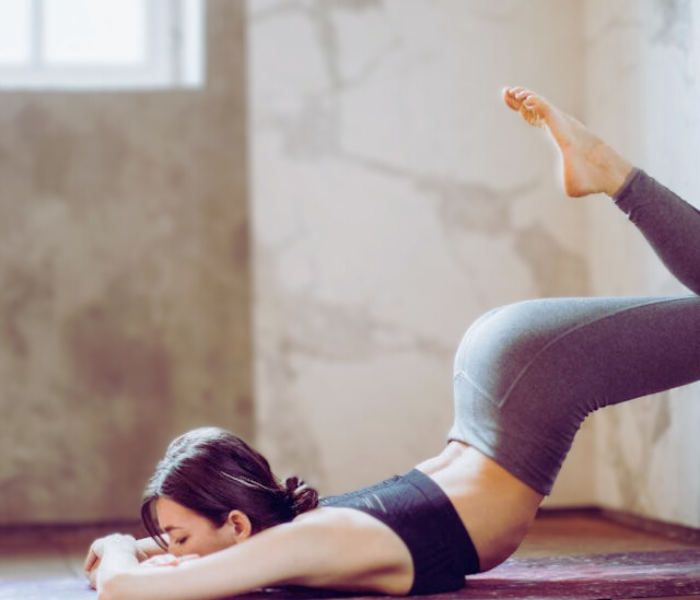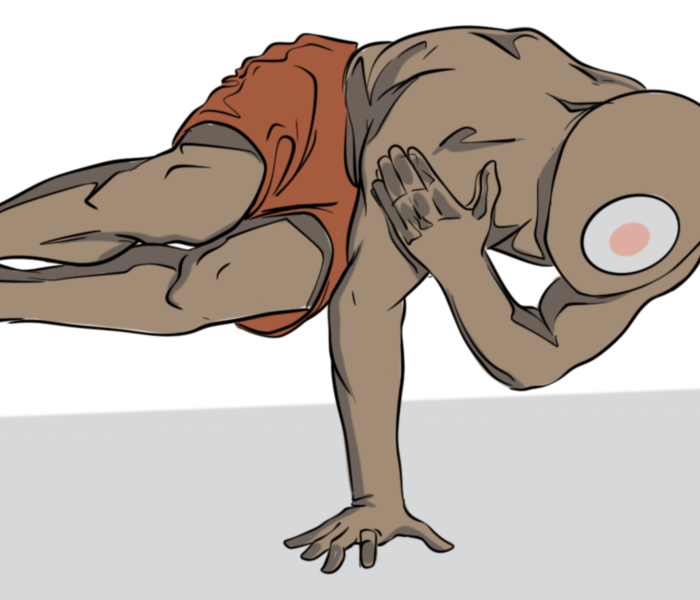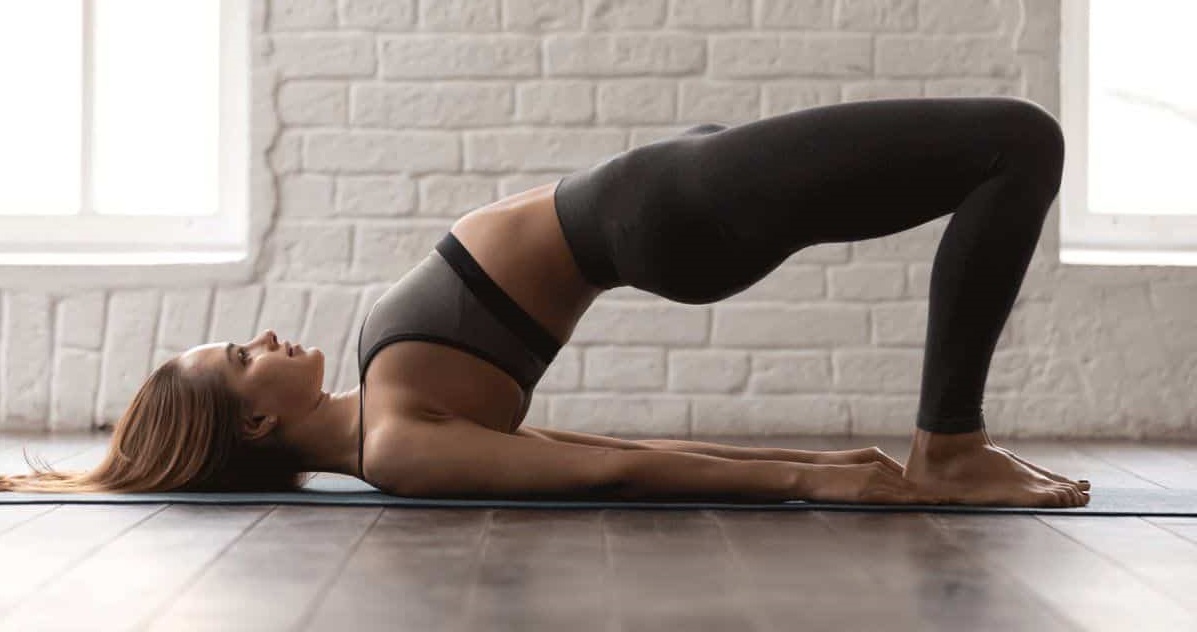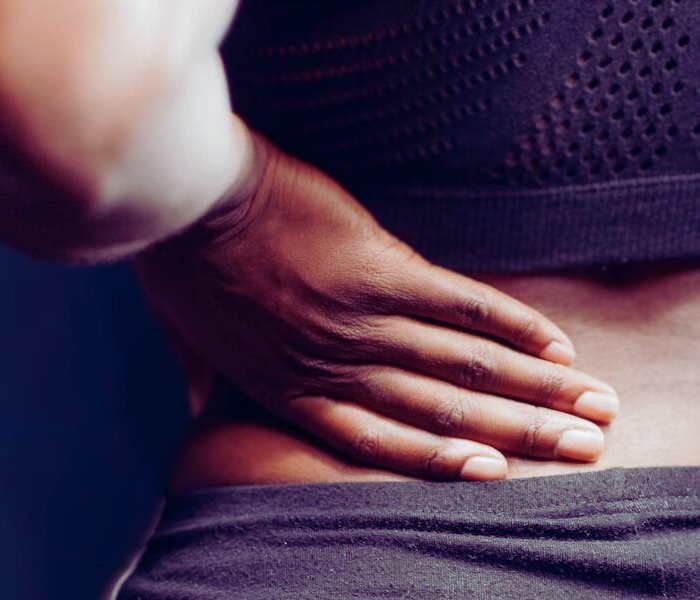the most common mistakes when we practice the plank
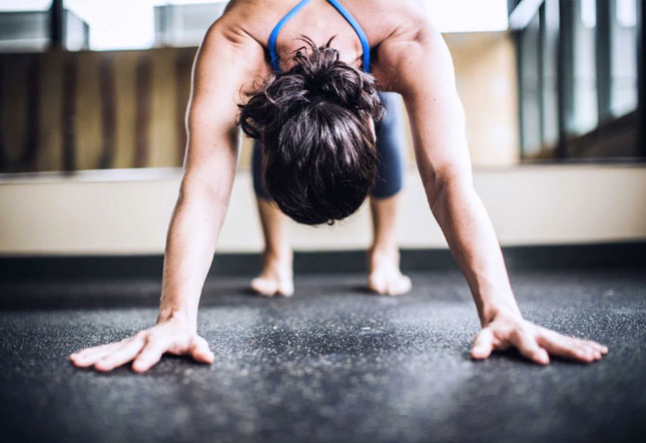
phalakasana reconsidered
Let’s talk about the most common mistakes when we perform plank position or abdominal plate. No doubt the isometric abdominal muscles benefit from the best exercises that we can do to work the muscles of the central zone, but we must ensure that our technique is good to prevent the appearance of lesions.
These are the most common mistakes when practicing the plank or incline sit-up board: know them to avoid committing them.
• Keeping the hip too high:
We should not be in a downward-facing dog posture but should keep our body aligned by activating the internal musculature of the abdomen. Lifting the hips to form an inverted V will shift our body weight into our shoulders instead of being balanced.
• Dropping the hip down:
This usually happens when our muscles are not strong enough or we spend a long time in the posture. The muscles get tired causing the hips to go down towards the floor. To avoid this, use a mirror or, better still asks a partner to help align your posture.
• Placing the elbows too far from the body:
Our starting position must be correct to avoid injury. Remember that your elbows should be placed directly under your shoulders. If you do the plank on your hands rather than on the forearms, the instruction is the same; hands placed directly under shoulders.
• Sinking the shoulder blades down:
Bringing the chest towards the floor. The back muscles are also active during the incline sit-up board. If you notice that your shoulder blades are pulled back together, perhaps you need to work on the stability of the waist scapular.
• Not taking into account the axial elongation:
You must “activate the abdomen” and try to maintain the position until you begin to tremble. The ideal is to have good body awareness to keep our internal muscles active. To do this, when you place yourself in the posture, imagine a string pulling your head forwards while another pulls your coccyx backward; that stretching will help you activate the muscles of the core.
In Short
Avoiding these fairly common errors will help reduce the risk of injury and allow you to align a much more effective plank.
You also might want to check this out parsva vasistasana – side plank or staff pose
